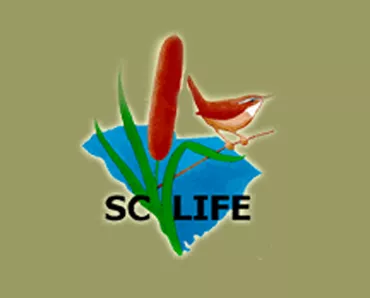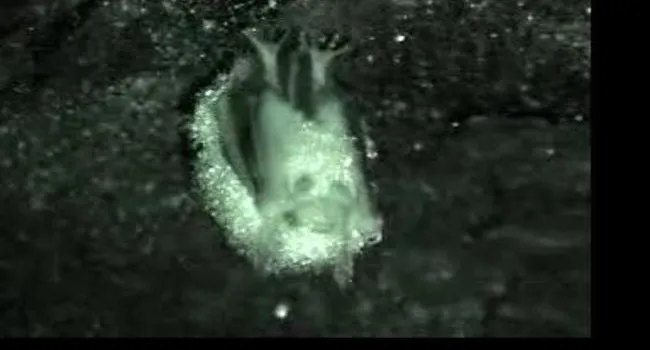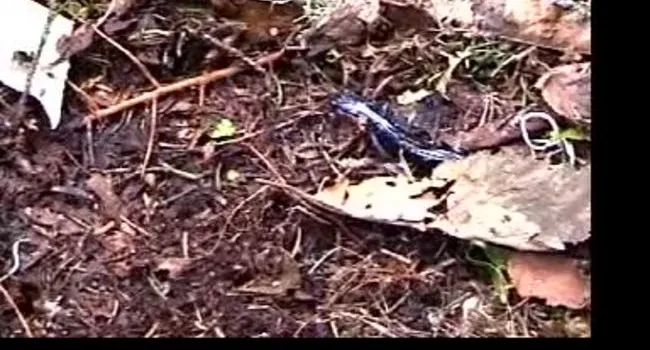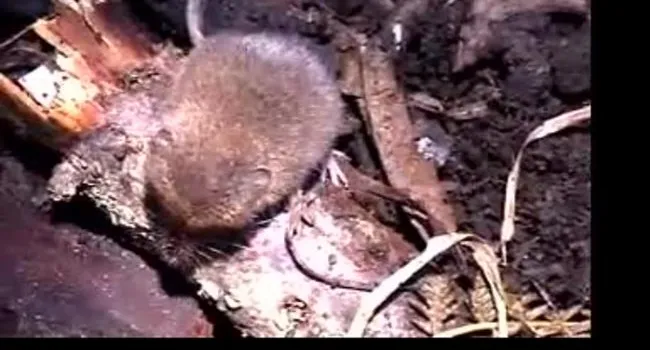
Video
(Desmognathus quadramaculatus) This is the largest of the lungless salamanders in the cove forests. They are usually found in streams that have a rocky bottom and usually rest on wet rocks near these...
Take a virtual field trip to a South Carolina cove forest and a salt marsh. These virtual field trips were produced in collaboration between Clemson University's SC LIFE Project and South Carolina ETV. The virtual field trips were designed specifically for schools lacking easy access to natural areas.
The SC LIFE Project, supported by an award to Clemson University from the Howard Hughes Medical Institute Undergraduate Science Education Program, uses the natural history of South Carolina (and the Southeast) to illustrate basic biological concepts and to stimulate inquiry-based learning. The SC LIFE Program serves elementary, middle and high school students and teachers. The target grade level of the SC LIFE Virtual Field Trips content is middle school.
SC LIFE materials are available for use only in non-profit educational activities. Any other uses, including activities involving fees for instruction and/or materials, must receive permission from the SC LIFE Project Director. Contact SC LIFE Project Office, 132 Long Hall, Clemson, SC 29634, 864-656-4224, with questions about any of our SC LIFE materials or programs.

Video
(Desmognathus quadramaculatus) This is the largest of the lungless salamanders in the cove forests. They are usually found in streams that have a rocky bottom and usually rest on wet rocks near these...
Video
The salt marsh is home to many animals, including some that people like to eat. Blue crabs are often caught in wire boxes called crab pots. Shrimp grow from tiny larvae to big adults while they live...
Video
(peromyscus maniculatus) This rodent is the most important prey item for the avian and mammalian predators that frequent the cove forest. This specis is the most widespread of North American rodents...
Video
(Terrapene carolina) This turtle is very common and is highly terrestrial. The males have red eyes and the bottom of the shell (plastron) is scoped out; while the females have brown/yellow eyes and a...
Video
The pipistrelle is the smallest bat in the southern US. This is one of the most common bats in the cove forest. This bat is a very early evening feeder and tends to feed at treetop levels.
Video
This time-lapse clip shows the fiddler crabs emerging from their burrows as the tide goes out. After the movie has loaded and played, try dragging the "playhead" of the clip back and forth to simulate...
Video
The great egret is a large white wading bird. Unlike the snowy egret, the great egret has a yellow bill and black legs and feet. This bird is the symbol of the National Audubon Society. Their long...
Video
(Plenthodon jordani) This lungless salamander is extremely abundant in cove forests at higher altitudes. Large quantities of sticky mucus are secreted by the tail for protection against avian...
Video
Male fiddler crabs have one large claw, which can be either their left or right. They wave these large claws at other males to frighten them away from their territory. When they wave the claw, they...
Video
(sorex cinereus) This insectivore is related to the common moles. It is one of the smallest mammals found in the United States weighing between 2-5 g. It is constantly active with a very high...